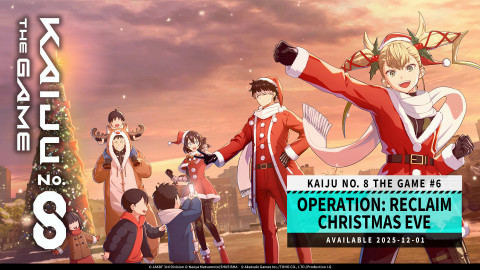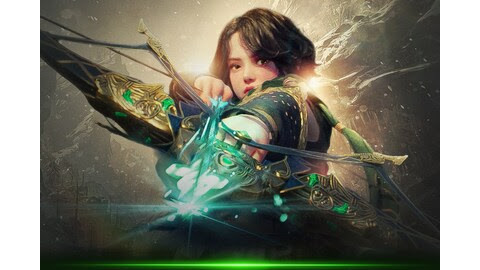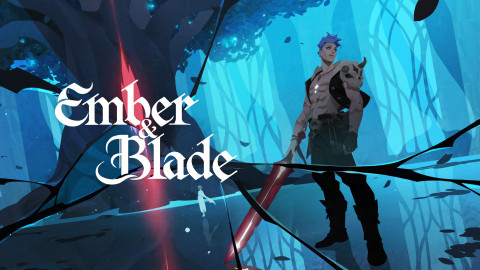Overwatch League (OWL), the new Esports ecosystem of Blizzard, was announced in Blizzcon last year.
The announcement talked about a city-based franchise system just like the Chicago Bulls and LA Dodgers of Pro Sports teams. As soon as the news of esports transferring to the pro sports area emerged, it went viral among Overwatch fans and has been widely discussed and debated.
However, it’s been 6 months since the planned launch of OWL in 2017 and most of the information about the league is still unknown to the public. In relation to the city-based franchise, the selection of cities and countries is still not released.

Under these circumstances, ESPN published a somewhat interesting article. The article mentions that sponsors are reluctant to buy into OWL due to the high cost. Blizzard refuted the issue immediately, asserting that they are communicating with existing teams in order to fulfill the ultimate objective of forming an interesting Overwatch esports ecosystem, and they would react prudently to rumors without solid grounds.
Even so, the reaction of fans has been quite lukewarm because of the limited information about the league. Meanwhile, disbandment of a number of teams arouses questions about whether the league itself would operate properly.
Blizzard is enthusiastically preparing OWL, but is it heading towards the right direction?

OWL is planned to launch in 2017, but no related information has been released yet
Let us have a look at the current situation of Overwatch esports.
The Overwatch League at Blizzcon last year was conceptualized as a world cup between countries rather than a team competition, and the same concept will be adopted this year as well. The only question is if a direct vote will take place for selecting players, or if people will elect members to a committee which is authorized to select players. However, the original form of the All-Stars league will not change.
Overwatch does not yet have an international league where teams from around the world can compete with each other, like Dota 2 The International or LoL World Championship, and that is what fans are disappointed in the most. Although All-Stars is definitely a popular league, it is not as significant as other world class tournaments. Thus, we are still unable to answer the question of ‘which team is the best in the world’.
The current leagues of Overwatch esports are therefore taking place regionally. The most notable examples would be Premier Series in China and APEX in South Korea, with APEX being the only one considered to have international influences. While APEX ended up inviting a few teams from overseas, that was the full extent of it. The main problem is that we are gradually losing a number of small and medium sized leagues that could become a foundation of regional leagues.

Of course, there are a number of problems with having online tournaments. One main problem is that FPS games are more sensitive to the speed of internet compared to Heroes of the Storm or Starcraft. In fact, many online tournaments had issues of disconnection and ping, and even APEX had a couple of problems in relation to the server, which forced them to pause a match.
Connection speed is not the only problem. The current spectator mode is so controversial that even the developers have mentioned that it could do with improvement, which is somewhat reassuring, as spectator mode helps people understand what is going on in the fast-paced matches.The current mode cannot possibly catch all the critical moments that may determine the outcome of the match, especially with a small number of observers and replays in small sized tournaments. It would be nice if commentators could pick out every single action, but that is not practically possible.
In the end, audiences lose interest in watching the match since it is hard to keep up with every important move or moment. Unless the viewpoint is fixated on mobile heroes like Tracer or Genji, or spectator mode is updated to more effectively catch all the important plays, interest in watching matches is likely to decrease.

In the meantime, OWL has not released any details yet. Nate Nanzer, the global esports director of Blizzard, announced last February that the league will take place in the third quarter of 2017, but how they will operate the city-based franchise system has yet to be revealed.
Blizzard asserts that the company has the capability to make profits similar to how American Football does. However, it is still unknown whether the structure is well-formed enough to actually to profit from once more sponsors become interested in esports investments. Players in the league also wonder if they can make it as a pro player once the system is implemented.

Another apprehensive element of OWL - will the system be maintained once it is adopted?
What Blizzard aims to pursue through OWL is clear. Blizzard would like to take the lead in the esports ecosystem and make history.
The city-based franchise and profit sharing of broadcasting rights that were mentioned during the first announcement of OWL are reminiscent of pro sports like NBA, MLB, and NFL from a business perspective. This is similar to the movement that wants to make esports part of either the Asian Games or the Olympics.
This movement extends to specializing the esports as more than mere entertainment and guaranteeing the players’ lives as professionals. The name of the team and players would start to have brand value, and sponsors would receive exclusive advertisement advantages. Due to the gradual growth of the esports media, direct profit from broadcasting and related businesses are expected as well. Moreover, Blizzard has been putting much effort towards actively developing the major leagues of their games.

However, we cannot neglect the fact that the introduction of the World Championship of Starcraft 2 caused many players to leave, and that Heroes of the Storm showed a somewhat disappointing movement when the regional finals disappeared following the system change to the Global Championship circuit.
On the other hand, Hearthstone is faring slightly better than other games, as minor leagues such as Cup Tournaments or Fireside Gatherings are still active, and the points gathered from these leagues can be used to get a qualification for the Championship Tour. However, because the gameplay heavily relies on luck, the names on the list of the top players change every year, and this makes it difficult to maintain brand value as a pro player rather than a streamer.
Let us return to OWL. The method of forming the OWL teams that was introduced at Blizzcon is done by an owner with assets, and this is quite different from the usual process - enthusiastic players team up first, earn some victories in minor and major leagues, and receive support from sponsors. One disadvantage with the usual process is that a team that is lacking in sponsors may have to leave the league, even if they are doing well as a team. On the other hand, the OWL process would guarantee the stability of players in the league with the contracts between owners and players.
However, players or teams who do not have an assigned hometown would have difficulty feeling secure in this process. It will be more difficult to have gain steady income, as the number of small and medium sized leagues is decreasing day by day. Also, corporations will find it more efficient to become a sponsor through OWL as opposed to supporting small leagues.
This might not happen if Blizzard makes a separate lower tier of leagues for OWL, but hypotheticals just bring us back to the main problem: there is just not enough information released about OWL.

interests are concentrated on the owners of hometown teams
Even if lower tier leagues are made, it is still debatable whether players in those leagues can prosper or not. Unlike mainstream sports, which are guaranteed to last for a long time, the lifetime of games is limited, and that of players is limited even further.
No more mysticism - more information and the support to foundational leagues are necessary
Of course, Blizzard is not just sitting back and idling away. The company already acquired MLG and the consolidation is in progress. Mike Morhaime, the CEO of Blizzard, also visited the site of APEX in South Korea.

This, however, brings up another issue. Think about how Starcraft first made the esports ecosystem. It was enthusiasm and interest in the game, not an explicit profit model, investors, or hometowns. The esports culture was formed by players who enjoyed competing with each other, and solidified by people trying to find a new way of watching their matches.
Thus, in order for the game and esports to last, it is crucial to have a solid foundation in advance. However, the current movement of OWL does not seem to be giving any thought to the foundation, as though they are building a luxurious roof without the base of the house.
It will be one year since the release of Overwatch in a few days. However, the announcement of OWL still seems uncertain.
In what way will Blizzard show their OWL to us? What we know clearly is that it will be difficult to find people investing in something so uncertain.

Sort by:
Comments :0







